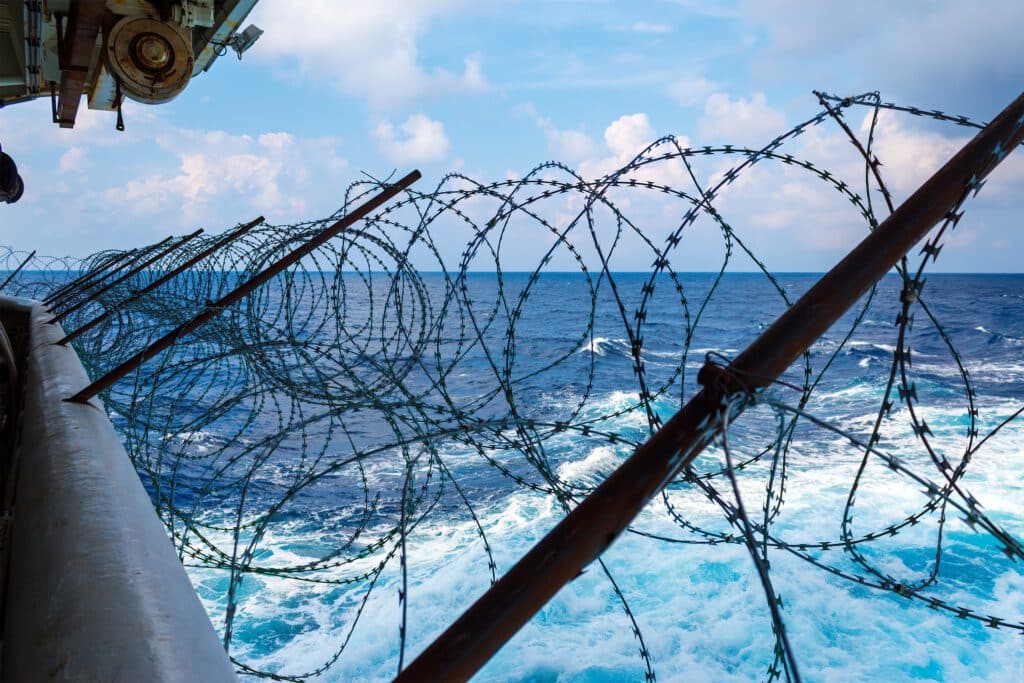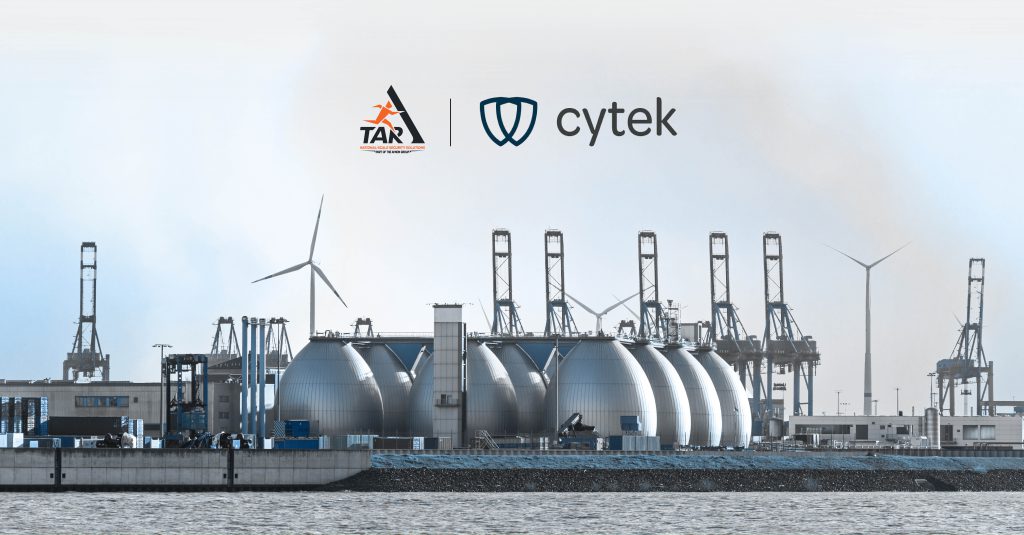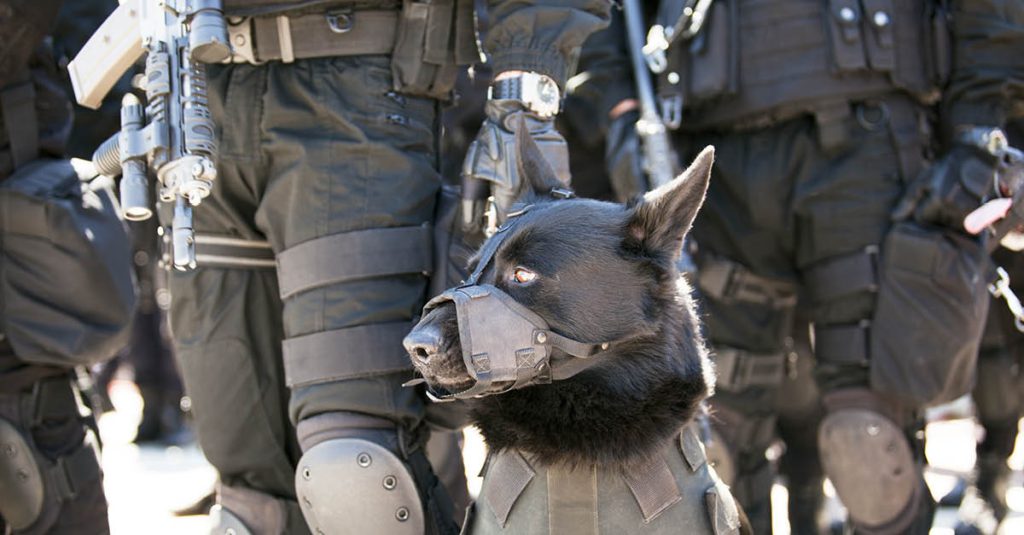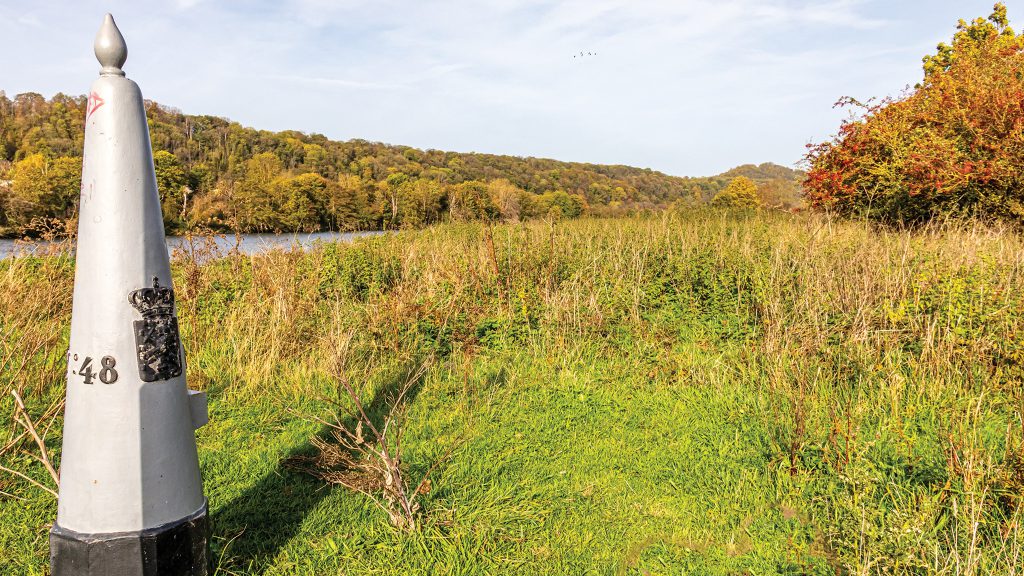For a long time, the word “Piracy” was considered a tale from the past. Pirates were depicted as caricatures: hardened criminals with a one-eye patch, a wooden leg, and a parrot on their shoulder. The “Pirates of the Caribbean” film series has made piracy a pop culture phenomenon. A humorous and non-threatening anecdote.
Piracy, however, still exists today. This is not a Hollywood production. The danger is clear and present. The threat posed by pirates in international waters cannot be denied. Piracy remains the most visible manifestation of maritime insecurity.
Piracy in international waters refers to the plundering, hijacking, or detention of ships. It has evolved over time but remains a challenge for international law. Pirates put the safety of sailors, fishermen, and passengers at risk. On the seas, pirate attacks cause havoc. In modern sea piracy, small, fast boats are often used to approach and board larger, slower-moving ships to steal cargo or take the ship and crew hostage.
“In the past, pirates stole gold, silver, gemstones, and rum barrels. Nowadays, they are taking over merchant ships and looting onboard containers. Oil tankers are seized by pirates mid-sea and are being held for ransom. The maritime freight transport industry is at risk”, says Ronen Hagag, TAR Ideal’s Head of Naval Department.
Hagag has extensive experience in naval warfare. A retired Colonel from the Israeli navy, he served as a captain of a Sa’ar 5-class corvette, a naval squadron leader, head of the doctrine and training department and a naval attache in Washington.
“A single vessel can be ransomed for tens of millions of dollars. Unloading and selling the goods is not a concern for pirates. The ships are released as they are”, says Hagag, “In most instances, pirates do not take over ships to kill passengers, although they may not hesitate to do so. It’s all about money and a lot of it. Every day, container shipping companies, naval forces, and countries are faced with this very serious threat. Also involved are insurance companies. Insurance premiums will rise by hundreds of percent if a cargo ship departs on a route known for pirate takeovers. A situation may arise in which the country in the same area does not provide real piracy solutions to this risk, so the ship will not be able to depart on this route with such a high premium”.
Off the coast of East Africa, the greater Gulf of Aden area has become one of the world’s most dangerous areas for pirate attacks since 2008. Pirates from Somalia such as the ones portrayed in the Tom Hanks movie “Captain Phillips” regularly hijacked commercial ships. The number of Somali pirate attacks peaked in 2011 when 237 incidents were recorded and subsequently dropped dramatically to just 14 between 2015 and 2020, a drop widely credited to joint efforts to reduce maritime crimes.
More than forty percent of piracy incidents occurred in West African waters in 2020. Ninety-five percent of all kidnapped crew members were taken from ships transiting the Gulf of Guinea. Despite a global decline in maritime piracy, piracy incidents in the Gulf of Guinea increased substantially between 2015 and 2020.
Research by the Washington Post found that piracy incidents in West African waters also tend to be more violent than others, with fighting on land spilling over into the water, especially around the Niger Delta.
Acts of piracy continue to occur in the Singapore Straits and the waters around Indonesia and the Philippines. While piracy has declined globally this year, incidents continue in South American waters and off Haitian shores.
With pirates roaming the seas, what challenges do maritime security face?
“Pirates are very sophisticated attackers. These are not amateurs on small fishing boats. They go out to sea in a command ship equipped with radar and means of communication, while several small boats are arriving from different directions. Pirates use small arms and shoulder-fired missiles”, says Hagag, “Often, they lure the ships to reach them. The pirate ship transmits a distress signal through visible means of communication at sea. Vessels are obligated to assist the ship in distress upon receiving the signal. As a result, the vessel deviates from its original route, moves away from shore, and reaches the pirates’ area. This is how the takeover occurs. In the form of an impersonation of a distressed ship. It is a dangerous and cunning trap”.
Hagag points out to the challenges and solutions to the piracy problem: “In order to regain control of the hijacked container ship, you need both air and sea combat equipment. Naval forces use accurate rifles, hydraulic ladders, rope guns and snipers positioned as backups on helicopters”.
“TAR Ideal provides the most advanced anti-piracy solutions for regaining control of hijacked container ships and oil tankers. In addition, we provide protective equipment for ships and training courses for container shipping crews. We have a complete, fully customized and reliable solution for the global piracy problem”.






